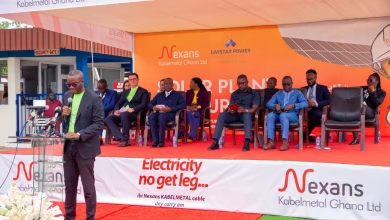“Majority of People Living with HIV are 25 and Older – AIDS Commission”

- Ghana sees 9% increase in HIV population from 2013 to 2023.
- 334,095 people living with HIV, with 17,774 new infections.
- Adults 25+ make up 84.7% of HIV cases, mostly economically active individuals.
- Ghana AIDS Commission calls for urgent action to achieve epidemic control.
The Ghana AIDS Commission has expressed concern over the rising rate of new HIV infections and the age groups most affected in the country. According to the Commission, Ghana recorded a 9.0% increase in the HIV population from 2013 to 2023, with an expected further increase of 6.8% from 2023 to 2030.
Despite a 14.8% decrease in new HIV infections, the total HIV population stands at 334,095, with 17,774 new infections recorded. The Commission has emphasized the need for Ghana to announce and implement plans to achieve epidemic control, citing the economic and developmental implications of the disease.
Dr. Kyeremeh Atuahene, Director-General of the Ghana AIDS Commission, highlighted that adults aged 25 and above constitute the majority (84.7%) of the HIV population. He noted that the bulk of new infections, AIDS-related deaths, and HIV cases are among the economically active population (ages 15-49), which supports the country’s economy and dependent population.
Dr. Atuahene emphasized that HIV is not only a health issue but also a developmental, economic, and business issue, requiring a collective effort to achieve epidemic control. The Commission’s data shows that Accra, Ashanti, and the Eastern Region have the highest numbers of HIV cases, while the Bono Region has the highest HIV prevalence rate (2.12%).
Dr. Atuahene called for stringent measures to be put in place to enable Ghana to achieve epidemic control, emphasizing that ending AIDS is a collective responsibility. The Commission’s report highlights the need for increased awareness, prevention, and treatment efforts to address the rising HIV infections and related deaths in Ghana.






